
Silkie Chicken
Silkie Chicken
Silkie Chicken
Do you know about a bird called 'Silkie Chicken'? It's a breed of chicken, and some of you might have heard the name. However, there may be people who don't know what it looks like or its history. Let's dive into all things Silkie Chicken!
Silkie Chicken Basic Infomation
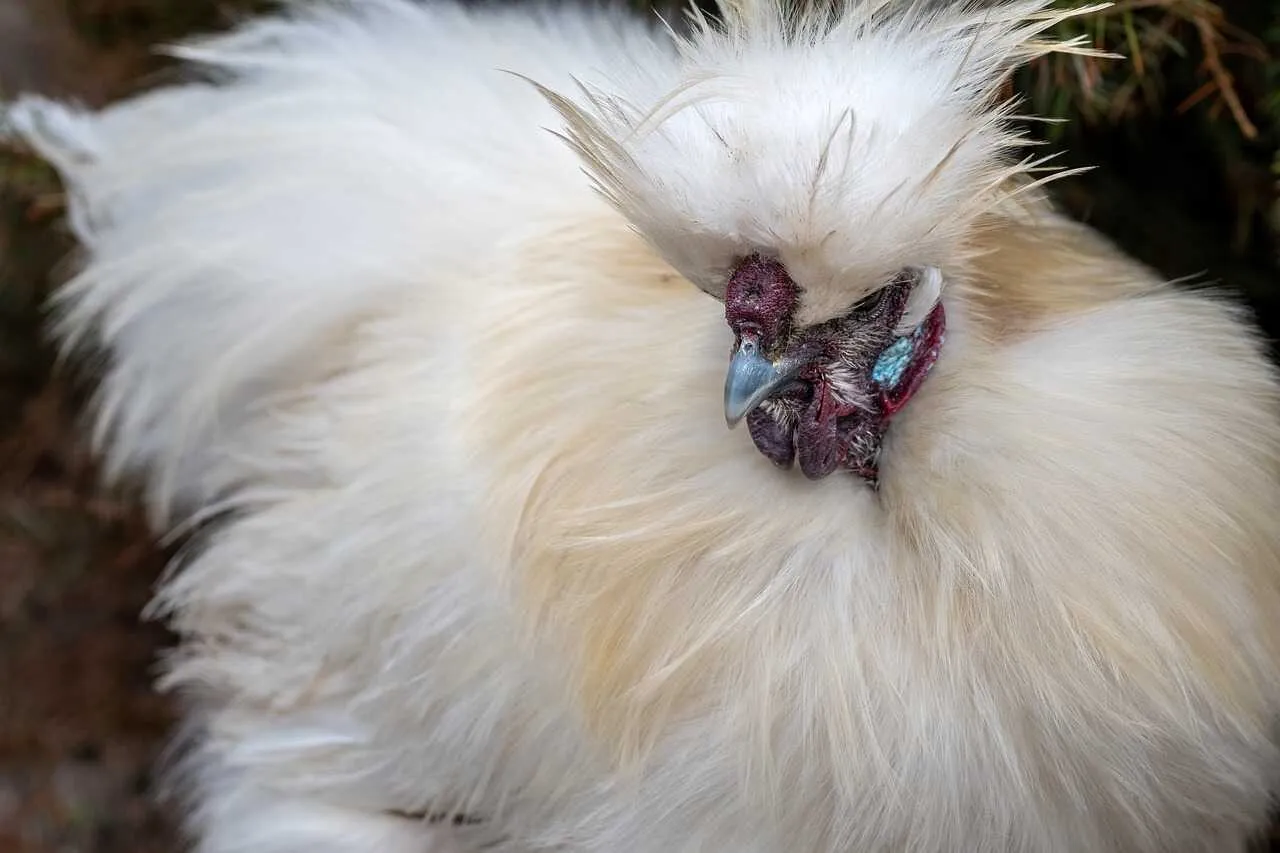
| Property | Value |
|---|---|
| Scientific Name | Gallus gallus domesticus |
| Taxonomic Status | ACCEPTED |
| Rank | SUBSPECIES |
| Kingdom | Animalia |
| Phylum | Chordata |
| Class | Aves |
| Order | Galliformes |
| Family | Phasianidae |
| Genus | Gallus |
| Habitats | No Info |
| Descriptions | No Info |
| Conservation Status | No Info |
| Common Names | No Info |

Order: Galliformes, Family: Phasianidae, Genus: Gallus - a breed of chicken
Height: Approximately 40 cm
Weight: 1 to 1.5 kg
The origin of the Silkie is said to be in Southeast Asia, including China, India, and Vietnam. It came to Japan in the 17th century. It's amazing to think it's been in Japan for so long.
The Silkie has black skin, internal organs, bones, and meat, with a blackish-purple color. It is said that among the creatures on Earth, the Silkie is the only one that is so dark.
Its feathers come in white and black, with a beautiful silky appearance. As a type of chicken, it has a comb, which is also black or blackish-purple.
Ordinary chickens have four toes, three in the front and one in the back, but the Silkie has five toes, three in the front and two in the back. Having five toes is not only rare among chickens but also among birds.
The way to distinguish males from females is by body size, head feathers, and crowing. Males are slightly larger than females, and males have spiky head feathers, while females have rounded and fluffy ones. The typical sound associated with a rooster is 'cock-a-doodle-doo.' The Silkie also makes this sound, but it's only the males. Females make a smaller sound, 'cluck-cluck.' With careful observation, you can tell the difference.
Silkie Chicken Q&A

What is the origin of the name 'Silkie Chicken'?
In Japanese, 'Silkie Chicken' is written as '烏骨鶏,' which literally translates to 'Crow Bone Chicken.' This refers to its distinctive trait of having black skin, meat, and bones, earning it the name 'Silkie Chicken,' meaning 'a chicken as black as a crow.'
Sometimes it's mistakenly written as '鵜骨鶏' or '烏滑稽,' but the correct kanji is '烏骨鶏,' so be sure to remember that.
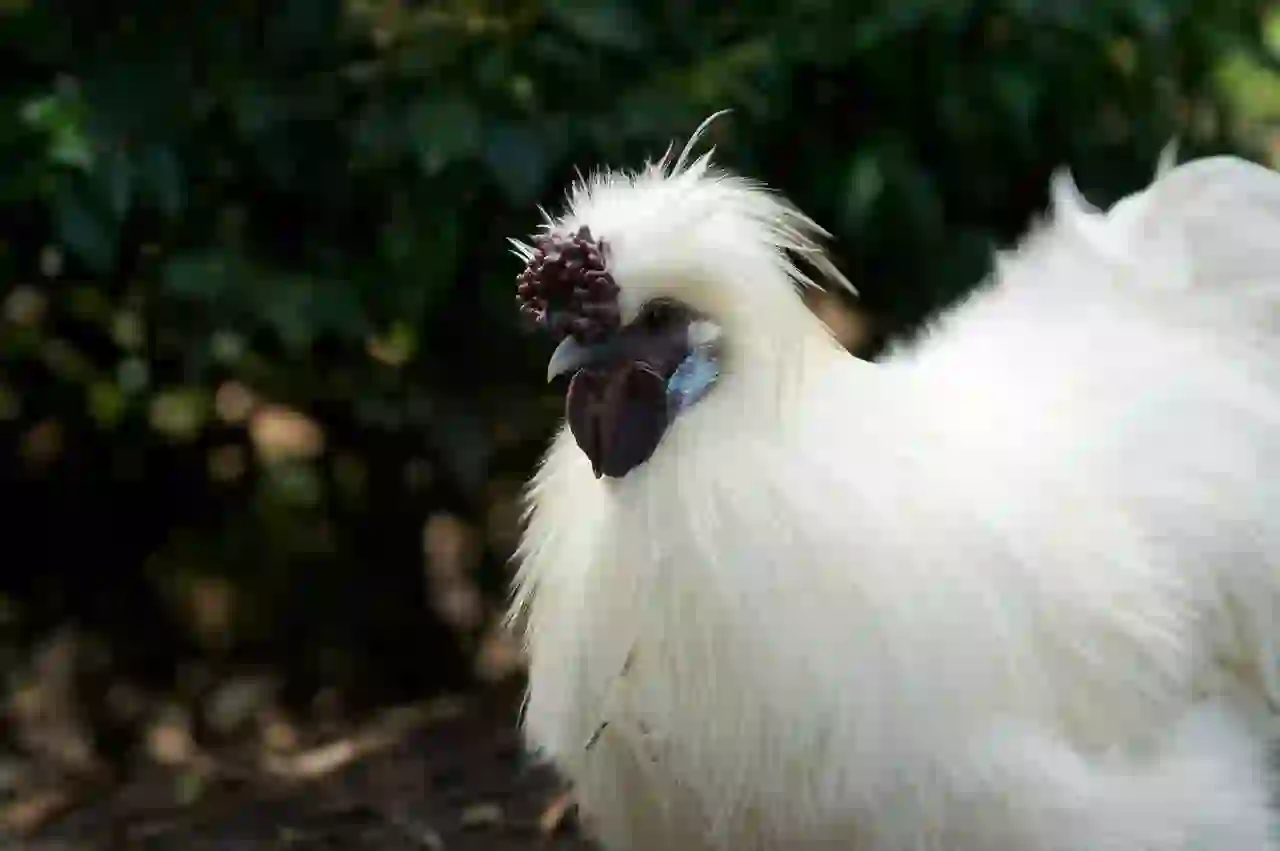
Is it true that Silkie Chicken eggs are highly nutritious?
Silkie Chicken lays much fewer eggs compared to regular chickens. This means that each egg is packed with more nutrients.
While a regular chicken can lay over 300 eggs annually, Silkie Chicken only lays about 50 to 80. The eggs are also smaller, with a typical chicken egg weighing about 60 grams, while a Silkie Chicken egg weighs around 40 grams.
However, Silkie Chicken egg yolks are larger and firmer, allowing you to pick them up with chopsticks. This firmness is often demonstrated on television when showcasing delicious eggs.
The eggs contain various vitamins and minerals, such as vitamins A, B2, B12, D, E, iron, zinc, and calcium. The levels of these nutrients are significantly higher than those in regular chicken eggs. The compound 'phosphatidylcholine,' known to boost memory, is said to be almost twice as abundant in Silkie Chicken eggs.
Due to their high nutrient content, they are believed to help prevent arteriosclerosis, dementia, cholesterol imbalances, and diabetes.
However, because they are so valuable, they are also quite expensive. While a pack of 10 regular chicken eggs costs around 250 to 300 yen, one Silkie Chicken egg can cost about 500 yen. Although this makes it challenging to eat them daily, it's worth trying to incorporate them into your meals in small amounts.

Is it true that Silkie Chicken was considered an elixir of immortality in China?
Silkie Chicken originates from China, where it was considered a sacred bird due to its black body and multiple toes. At that time, only high-ranking people, such as emperors, could own them, making them a symbol of power. Its fluffy feathers and black or white colors made it popular as an ornamental bird.
According to 'Bencao Gangmu,' an ancient Chinese medical text, its eggs were used for lung diseases and as a sedative, while its meat was said to aid infertility. Silkie Chicken meat was also used in herbal medicine dishes.
Not only in cuisine but also in Chinese herbal medicine, '烏骨鶏丸' is a remedy derived from Silkie Chicken, known to be effective in treating female-related ailments and promoting fertility. It was even said, 'If you forget the wardrobe while preparing for marriage, don't forget the Silkie Chicken.'
Nowadays, Silkie Chicken-based dishes are quite common in Chinese cuisine. While it's no longer exclusive to the nobility, it's still quite pricey, suggesting that it might be reserved for special occasions.
The desire for health and beauty might have contributed to spreading the charm of Silkie Chicken dishes.

Is Silkie Chicken a designated natural monument in Japan?
It's believed that Silkie Chicken came to Japan from China in the 17th century, along with traditional Chinese medicine, leading to its treatment as a medicinal bird in Japan.
Unlike regular chickens, Silkie Chicken is smaller, with less meat and fewer eggs, making it less practical for commercial purposes. However, its high nutritional value made it desirable, with some even using the meat and eggs for soups.
Despite its small size, its beautiful feathers and gentle disposition made Silkie Chicken a popular ornamental pet in Japan. There's even a contest to showcase the beauty of its feathers.
Silkie Chicken was designated a natural monument in Japan in 1942, and July 21st is celebrated as 'Silkie Chicken Day.' Despite its protected status, using market-available Silkie Chicken for cooking isn't an issue, making it accessible to those interested.
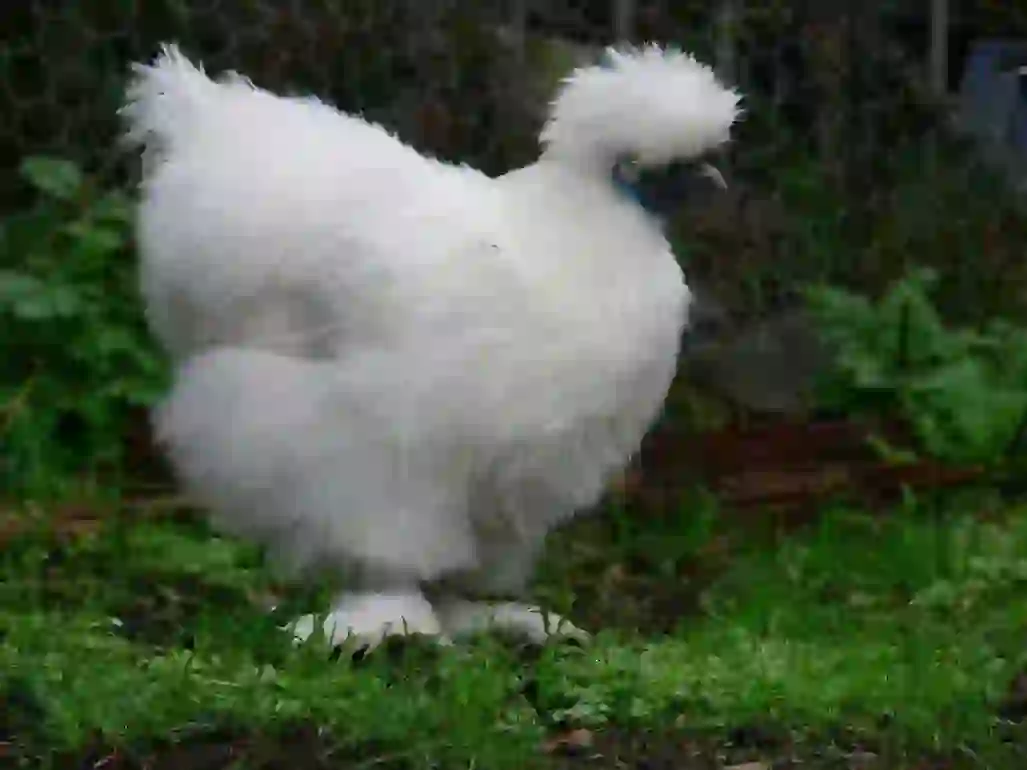
Can Silkie Chicken be kept as pets?
As mentioned earlier, Silkie Chicken has a calm and affectionate nature, making it suitable as a pet. Its smaller size compared to regular chickens also makes it easier to keep in smaller spaces, whether indoors or outdoors.
If kept indoors, a cage designed for rabbits or dogs would work, while outdoors would require a sturdier cage to protect against predators like snakes or crows. Providing a perch within the cage can help reduce stress and allow them to exercise.
Although Silkie Chicken can't fly, they can jump to some height. Providing a perch gives them variety in their movements. Taking them outside for fresh air and sunshine is also essential for their well-being.
Silkie Chicken tend to bond with their owners, following them around and even sitting on their shoulders. However, because they are prone to predators, care should be taken when taking them outdoors.
Unlike dogs and cats, Silkie Chicken doesn't learn to use a designated toilet spot, and their droppings can turn into fine dust when dried, potentially causing health issues. Regular cleaning is necessary to maintain hygiene.
Despite these challenges, the droppings can be used as garden fertilizer, and the bond with Silkie Chicken makes the effort worthwhile. As they are gentle creatures, efforts should be made to ensure a harmonious environment for them.

What do Silkie Chicken eat?
Silkie Chicken can eat a mix of corn, fish meal, and grains, with smaller-sized pellets being easier for them to consume. If they're intended for egg-laying, adding calcium supplements or specially formulated feed may be necessary.
Due to their unique beak structure and feeding habits, Silkie Chicken tend to scatter their feed. Regular cleaning of their cage is crucial to maintain cleanliness. As they become family members, their endearing behavior might compensate for this messy habit.
Silkie Chicken can also eat vegetable scraps, leaves, and fruit, making these suitable treats. They also eat insects, such as mealworms, which can be given as occasional treats.
Silkie Chicken and chickens have a unique organ called the gizzard, which helps them grind food for digestion. Providing sand or gravel can help them process their food better.
Taking Silkie Chicken outdoors also serves multiple purposes, including allowing them to absorb sunlight and maintain sufficient calcium levels.
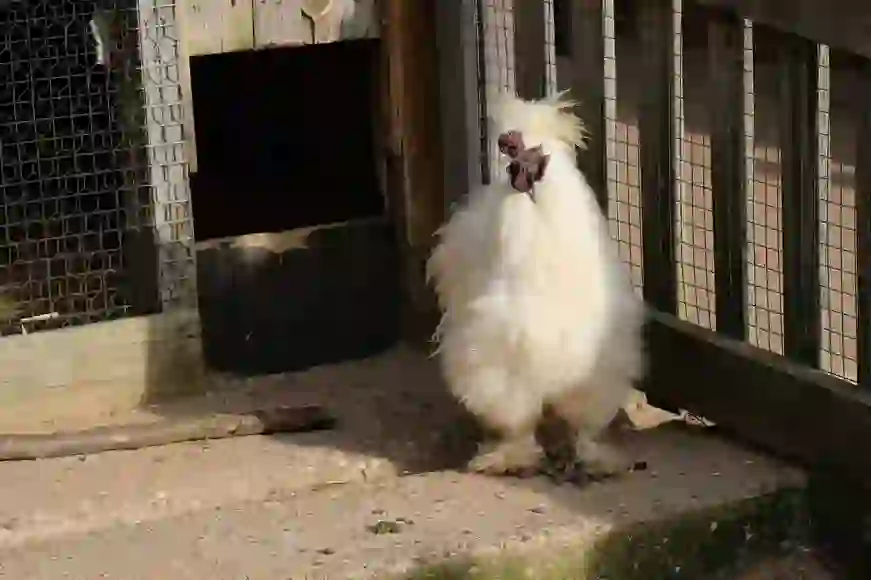
Should Silkie Chicken be raised from chicks?
Raising Silkie Chicken from chicks might be preferable to keeping adult Silkie Chicken, allowing you to grow with them. However, extra care is required when raising them from hatchlings, as they are sensitive to cold.
While Silkie Chicken can withstand a range of temperatures, chicks are more vulnerable to cold. Using a chick lamp to maintain temperatures between 27 and 30 degrees Celsius can help keep them warm. Keeping them in a suitable environment can make all the difference.
Raising Silkie Chicken chicks can be a challenging yet rewarding experience, allowing for a stronger bond with your pet. It might take some time to adapt, but growing with Silkie Chicken can lead to a long-lasting relationship.

Would you like to become a part of the 'Animalbook.jp'?
Turn your knowledge into Q&A and share it with the world. ※Publication will be activated after purchase. Let's share information together!
Silkie Chicken Type of List

- Silkie Chicken
Information
Congratulations! You are the first commenter!

Create Your Favorite List!
Silkie Chicken
Save the animals you love! Build your own list to quickly revisit your favorites later.

Would you like to leave a comment?
※Please note: This is for the purchase of rights to post comments within the article.
Find Your Favorites!
Our shop offers a unique and attractive selection of goods themed around various animals.
Silkie Chicken References
Silkie Chicken Introduction of media used

出典:pixabay.com

出典:commons.wikimedia.org

出典:commons.wikimedia.org

出典:commons.wikimedia.org
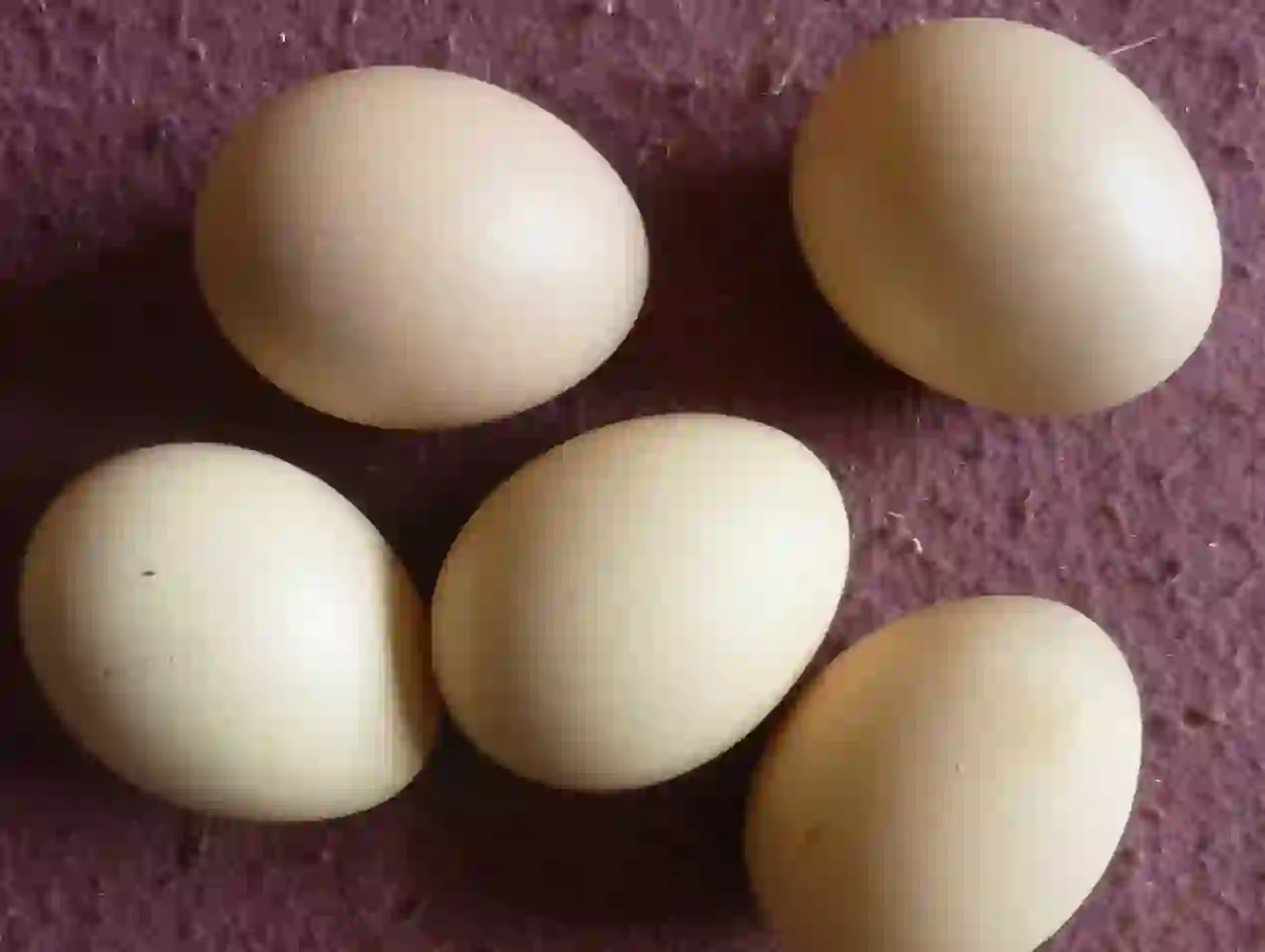
other
出典:commons.wikimedia.org

出典:commons.wikimedia.org

出典:commons.wikimedia.org

出典:commons.wikimedia.org

出典:commons.wikimedia.org

出典:commons.wikimedia.org

Help Enrich Our Animalbook.jp with Your Media!
We are constantly looking to expand and enrich our Animalbook.jp with amazing photos and videos of animals. If you have any media that you'd like to share, please contribute and help us showcase the beauty and diversity of the animal kingdom. Your submissions will be credited and featured in our encyclopedia, reaching a wide audience of animal lovers.


















